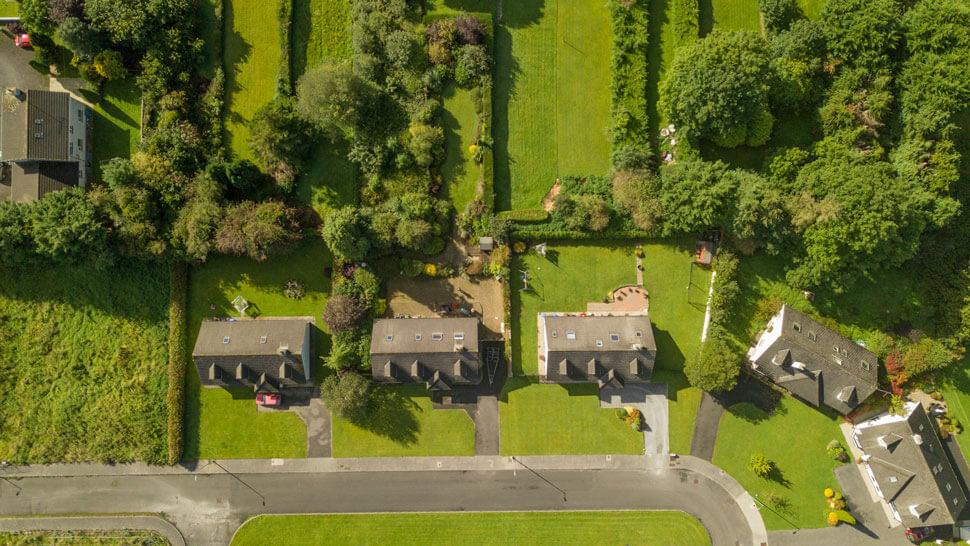

The removal process
The removal process will vary, depending upon what rights the telecoms operator or operators have over the land. It will be necessary to determine if the operators have the benefit of the Telecommunications Code (the old code), the Electronic Communications Code (the new code), and/or the Landlord and Tenant Act 1954.
Obtaining possession of the land is likely to be a lengthy and costly process. The willingness of telecoms operators to engage in the process often depends in part upon the importance of the equipment to their network coverage and the ability to maintain coverage if that particular mast or tower is removed.
New agreements
Any written agreement with a telecoms operator which postdates 28 December 2017 will have been entered into under the new code. This expressly provides that rights can be terminated if you are planning to redevelop.
Contact our Dispute Resolution team now.
The first step is for notice to be served to allow an 18 month lead-in time until termination. The process provides for the operator to serve a counter notice within three months of service and for the dispute to be referred to the Upper Tribunal if the operator does not want to vacate, or if it asserts that you cannot satisfy the tribunal that you meet the development criteria.
Agreements under the old code
Agreements under the old code provide that you will need to serve either a paragraph 20 or paragraph 21 notice. In both cases, the operator has 28 days to serve a counter notice in response.
Very few disputes under the old code ever reached trial, so there are many elements of it which are unclear. For instance, paragraph 21 requires you to be ‘entitled to require the removal of the apparatus’ before service. If your agreement is not contracted out of the 1954 Act, the preferred view is that this would require you to exhaust the 1954 Act procedure, as set out below, before you could commence this notice process.

Contact our Real Estate team now.
Implications of the Landlord & Tenant Act 1954
New code agreements fall outside of the jurisdiction of the 1954 Act. Old code agreements may have the protection of the 1954 Act unless they were expressly contracted out. Lots of telecoms operators are holding over – remaining in occupation after their lease has ended – pursuant to old code leases, and so may now have attracted 1954 Act protection as well.
The impact of the 1954 Act protection is that you will need to engage in a separate notice process of at least six months alongside, or after, any code terminations, and then follow that process through to a successful trial, unless an agreement is reached with the operator. Recent case law has determined that the test to prove your development plans is now aligned with 1954 Act cases on the subject, which is helpful.
What to do first?
In all cases, it is likely that you will have to pay compensation to the operator. Employing a telecoms agent to engage in negotiations and to provide an expert opinion on values and loss will be essential.
Engaging a team of professionals to include legal advice, planning expertise and project management will also be essential and will ensure that the timing of each step maximises your chances of obtaining vacant possession and streamlines the costs.










